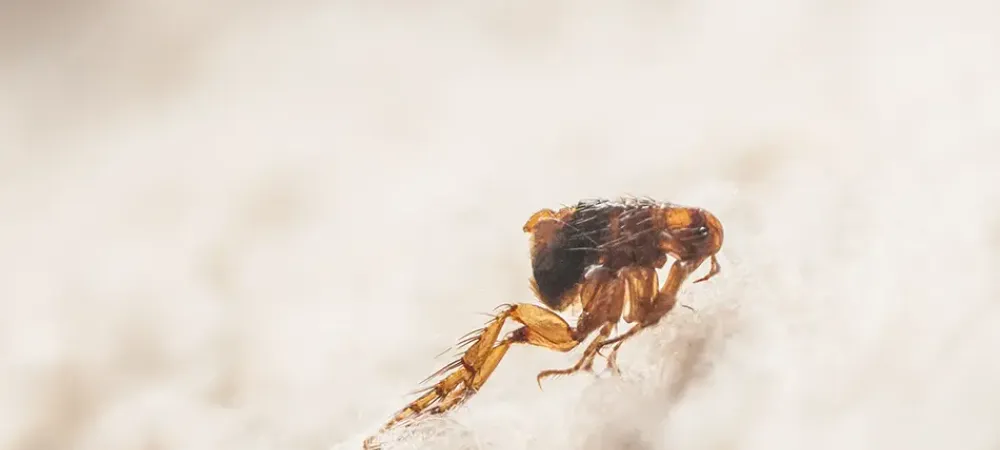Fighting Fleas in California: Expert Tips on Identification and Prevention Strategies

California's climate, which ranges from Mediterranean to arid, can be ideal for fleas to thrive. These tiny pests are not just a nuisance; they can also pose serious health risks to pets and humans. Identifying and preventing flea infestations is crucial for maintaining a healthy home environment.
How to Identify Fleas
Fleas are small, dark-colored, wingless insects with laterally flattened bodies, allowing them to move easily through animal fur. They are equipped with long legs designed for jumping remarkable distances. Adult fleas measure about 1.5 to 3.0 mm long and are usually dark in color. Signs of flea activity include pets scratching excessively, visible tiny insects in the fur, and flea dirt (flea feces) in pet bedding or on pets themselves.
Flea Lifecycles and Habits
Understanding the flea lifecycle is key to effective control. Fleas go through four stages: egg, larva, pupa, and adult. After feeding on a host, female fleas lay eggs that fall into the environment. These eggs develop into larvae, which then form pupae before emerging as adults ready to infest a host. This cycle can be completed in just a few weeks under optimal conditions, leading to rapid population growth.
Prevention Tips
Home Care: Regular cleaning can help reduce flea infestations. Vacuum carpets, furniture, and floors frequently, and wash pet bedding weekly. Properly disposing of the vacuum bag is crucial, as fleas can continue to develop inside vacuum containers.
Pet Care: Regularly bathe and comb your pets with a flea comb. Discuss preventive treatments with your veterinarian, such as topical applications, oral medications, or collars designed to repel or kill fleas.
Natural Remedies: Diatomaceous earth can be used on carpets and pet bedding to control flea populations. It acts by dehydrating the fleas. Cedar chips in garden areas or pet bedding can also help repel fleas due to their natural oils.
Chemical Treatments: There are numerous flea control products available, including sprays, powders, and spot-on treatments. When using chemical treatments, it's important to follow the manufacturer's instructions carefully to avoid harming your pets or family.
Effective flea control involves a combination of good housekeeping, regular pet care, and the strategic use of natural or chemical products. By staying vigilant and proactive, you can keep your California home flea-free and healthy.
This comprehensive approach to flea management ensures that every stage of the flea lifecycle is addressed, preventing outbreaks before they start. For severe infestations, consulting with a professional Red Bluff exterminator is recommended to ensure safe and effective eradication.
